Champagne Minière F&R

The Minière story begins conventionally enough—grape growers since 1919, selling every harvest to négociants. Flash forward to their cellar in Hermonville, these two brothers are now reimagining what’s possible in the overlooked Massif de Saint-Thierry, crafting Champagnes that are as patient as they are precise.
Champagne Minière F&R states they rest on three pillars: (1) a devotion to old vines and organics learned from Frédéric’s formative years with Anselme Selosse, (2) an intense commitment to their sandy-loam terroir in Hermonville, and (3) a near-religious reverence for time. No shortcuts. No compromises. Just meticulous, long-game winemaking backed by the brothers’ mantra: “Nature as a backdrop, Beauty as a horizon, Excellence as a goal.”
It is interesting given all that rah, rah, that for nearly a century, no Minière bottle bore a Minière name. Then came 2005. Armed with formal oenology training and a very un-Champenois tolerance for risk, the fourth-generation brothers pulled the plug on a stable, wholesale business model and transformed themselves into récoltant-manipulants. New barrels were purchased. A brand was born. Their father retired, probably with some deep breathing exercises. And in 2007, the wines began to age… and age… and age. Their first release didn’t come until 2014.

Apparently, Frédéric’s time working under Anselme Selosse was the epiphany. Oak fermentation, long aging, and organic farming weren’t just techniques—they were the keys to unlocking personality from place. But while the inspiration was Selosse, the brothers never set out to mimic. One of their boldest moves? Blocking malolactic fermentation entirely. While most Champagnes soften their edges through malo, the Minières embrace acidity. It's like choosing to let your wine wear stilettos instead of sneakers. That decision means their wines require serious cellar time to settle, but the payoff is structure, tension, and enormous aging potential.
Every Champagne in their lineup is aged entirely in oak—mostly old barrels, to add texture without overwhelming the fruit. Non-vintage wines rest six to seven years on the lees. Vintage cuvées? Ten years or more. Then, at least nine months post-disgorgement just for good measure. That’s not wine aging—that’s wine meditating.
At the root of all this patience is Hermonville’s secret weapon: sand. Unlike the chalky soils of the Côte des Blancs or the clay-dominant Marne, the Massif de Saint-Thierry is defined by mineral-rich, sandy loam. It’s lighter, more aromatic, and adds a natural elegance that the brothers match with power and grip from their no-malo, barrel-aged approach. The result is Champagne with both brawn and ballet—taut, saline, perfumed, and long.
The estate spans nearly eight hectares, but only two hectares of old vines—some as old as 65, some ungrafted—are chosen for the domaine’s bottlings. The rest? Passed over. Because for Minière F&R, making wine is less about how much you bottle, and more about how much your vineyard reveals.
Consistently described as a wine of tension and precision this wine showcases a complex aromatic, flavor profile shaped by its terroir and barrel fermentation.
The bouquet is complex, offering notes of citrus (lemon, grapefruit pith), crisp green apple, hazelnut, and wet stone. These primary notes are layered with more developed scents of

acacia flowers, toasted bread, vanilla, honey, and pastry, along with a subtle, agreeable smokiness from the oak.
The palate is defined by a driving, racy acidity, as malolactic fermentation is blocked to preserve freshness.It is described as full-bodied, intense, and structured, yet simultaneously elegant and weightless. The mousse is delicate and creamy, leading to an enveloping mouthfeel that finishes with a distinct mineral and chalky character.
As a non-vintage cuvée, specific details can vary between bottlings. For example, the dosage has been noted at different levels for different disgorgements, ranging from 3.5 g/L to 6 g/L, placing it in the Extra Brut or Brut category depending on the release.
The wine's high acidity and mineral profile make it an excellent partner for food. Suggested pairings include oysters, sashimi, and ceviche, as well as richer dishes like seared scallops or lemon risotto. It also pairs well with cheeses such as goat cheese, brie, or burrata.


